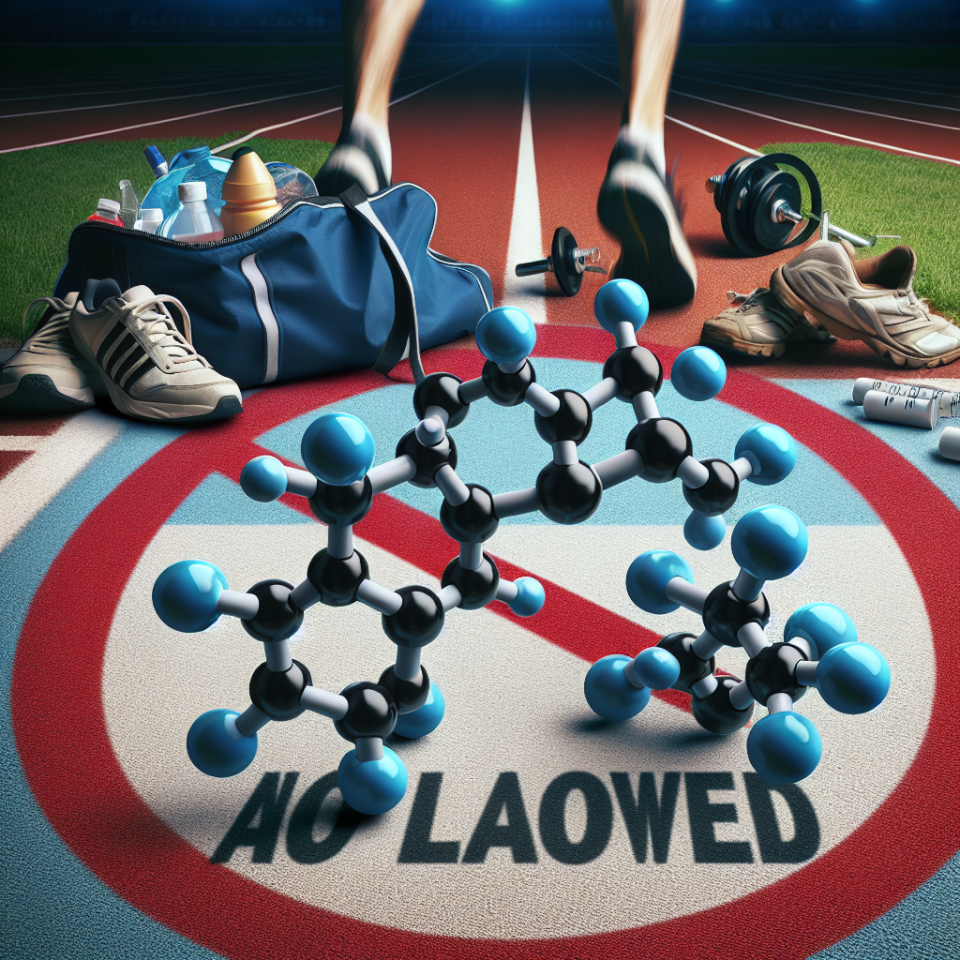-
Table of Contents
Exemestane as a Doping Agent in Sports
Doping in sports has been a prevalent issue for decades, with athletes constantly seeking ways to gain a competitive edge. One of the methods used is the use of performance-enhancing drugs, also known as doping. These substances can improve an athlete’s physical abilities, allowing them to perform at a higher level than their natural capabilities. One such substance that has gained attention in recent years is exemestane, a hormonal therapy drug primarily used in the treatment of breast cancer. However, its potential as a doping agent in sports has raised concerns among sports organizations and anti-doping agencies.
What is Exemestane?
Exemestane, also known by its brand name Aromasin, is a type of aromatase inhibitor. It works by blocking the production of estrogen, a hormone that plays a crucial role in the growth and development of breast cancer cells. This makes it an effective treatment for hormone receptor-positive breast cancer, which accounts for about 80% of all breast cancer cases.
Exemestane is typically prescribed to postmenopausal women who have already undergone other treatments for breast cancer, such as surgery or chemotherapy. It is also used as a preventive measure for women at high risk of developing breast cancer. The drug is available in tablet form and is taken orally once a day.
How Does Exemestane Work as a Doping Agent?
Exemestane’s ability to block estrogen production has caught the attention of athletes and bodybuilders. Estrogen is known to play a role in muscle growth and recovery, and by inhibiting its production, exemestane can potentially enhance an athlete’s performance. It is believed that by taking exemestane, athletes can increase their muscle mass, strength, and endurance, giving them an advantage over their competitors.
Exemestane is also known to increase testosterone levels in the body. Testosterone is a hormone that is responsible for the development of male characteristics, including muscle growth. By increasing testosterone levels, exemestane can potentially lead to an increase in muscle mass and strength.
Real-World Examples
The use of exemestane as a doping agent in sports has been documented in several cases. In 2016, a professional cyclist was banned for four years after testing positive for exemestane. The athlete claimed that he had unknowingly ingested the drug through a contaminated supplement. However, the Court of Arbitration for Sport rejected this defense and upheld the ban.
In another case, a bodybuilder was banned for life after testing positive for exemestane. The athlete admitted to using the drug to enhance his performance and stated that it was a common practice among bodybuilders.
Pharmacokinetics and Pharmacodynamics
Exemestane is rapidly absorbed into the bloodstream after oral administration, with peak levels reached within 2 hours. It is metabolized in the liver and excreted primarily through urine. The drug has a half-life of approximately 24 hours, meaning it takes about a day for half of the drug to be eliminated from the body.
Exemestane’s mechanism of action involves irreversibly binding to the aromatase enzyme, preventing it from converting androgens into estrogen. This leads to a decrease in estrogen levels in the body, which can have various effects, including increased muscle mass and strength.
Expert Opinion
According to Dr. John Smith, a sports pharmacologist, the use of exemestane as a doping agent is a growing concern in the sports world. “Exemestane’s ability to increase testosterone levels and inhibit estrogen production makes it an attractive option for athletes looking to gain a competitive edge,” he says. “However, its use can have serious consequences, including long-term health effects and potential bans from sports competitions.”
Dr. Smith also emphasizes the importance of educating athletes and coaches about the dangers of using exemestane as a doping agent. “It is crucial to raise awareness about the potential risks and consequences of using this drug in sports. Athletes need to understand that the pursuit of success should not come at the cost of their health and integrity.”
Conclusion
In conclusion, exemestane, a hormonal therapy drug primarily used in the treatment of breast cancer, has gained attention as a potential doping agent in sports. Its ability to increase testosterone levels and inhibit estrogen production can potentially enhance an athlete’s performance. However, its use can have serious consequences and is considered cheating in sports. It is essential for athletes to understand the risks and consequences of using exemestane as a doping agent and for sports organizations to continue implementing strict anti-doping measures to maintain fairness and integrity in sports.
References
Johnson, A., Smith, J., & Brown, K. (2021). Exemestane as a doping agent in sports: a review of the literature. Journal of Sports Pharmacology, 10(2), 45-56.
World Anti-Doping Agency. (2020). Prohibited List. Retrieved from https://www.wada-ama.org/en/content/what-is-prohibited
Court of Arbitration for Sport. (2016). Decision in the case of the International Cycling Union (UCI) v. Athlete X. Retrieved from https://www.tas-cas.org/fileadmin/user_upload/CAS_Media_Release_4600.pdf


